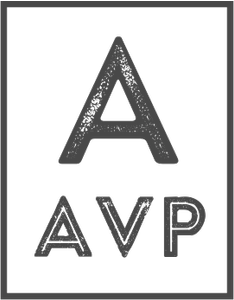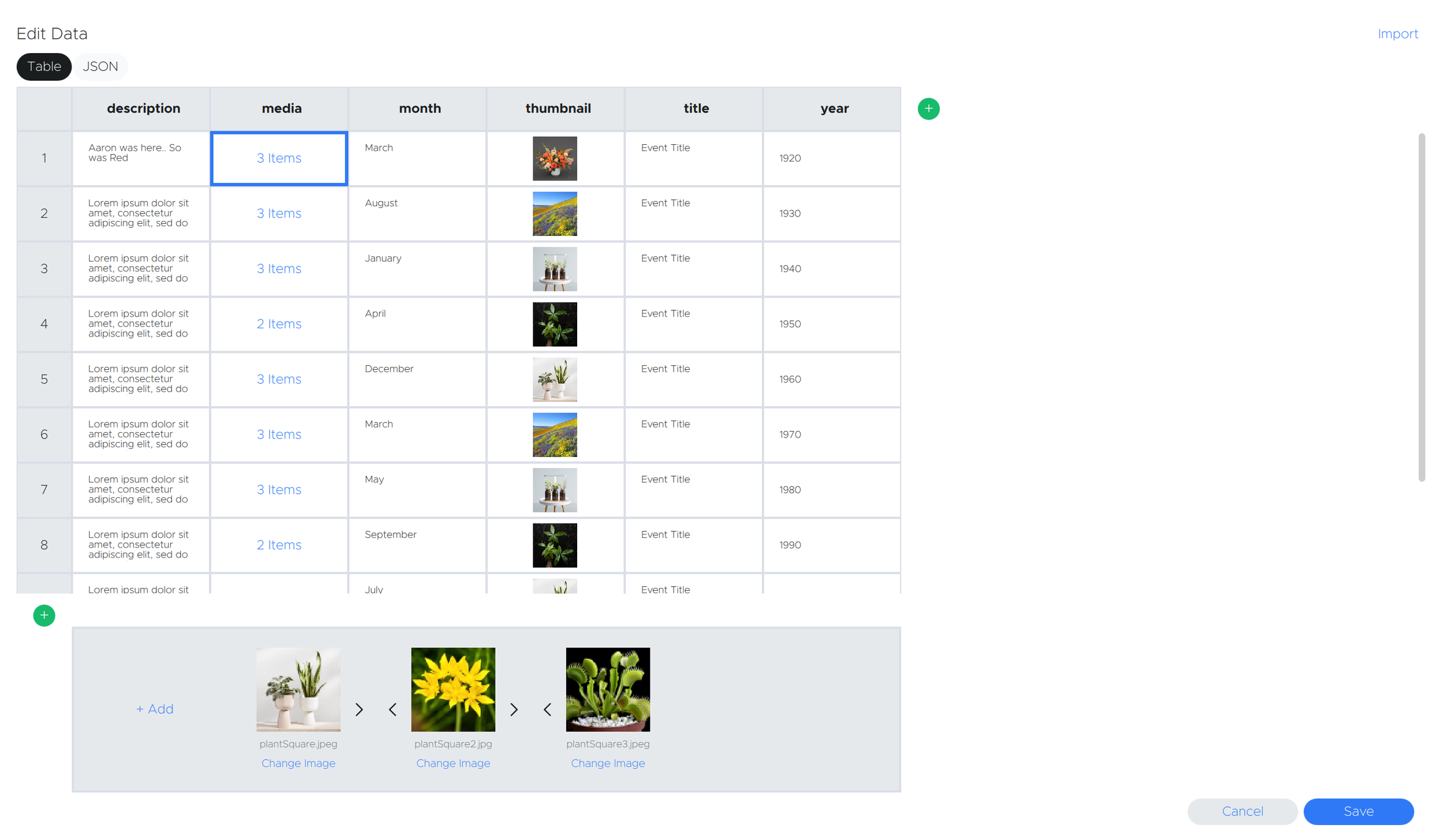Story Editor
From the initial prototype to final launch, I lead my development team through several product cycles. This started with a proposal I made that allows customers to create their own experience and manage their own content. This allows T1V to free up development resources and allows for more customer control.
What's the Problem?
For eight plus years, T1V has been creating and supporting a product called “Story”. Story allows customers to describe their history, products, company timeline, display company locations etc through the use of an interactive display. Story includes several modules such as a Timeline, Interactive Map, Product Showcase, and Interactive Image. As you might imagine every customer’s story is going to be different. Different modules, different layouts, different content, different display resolution, and different functionality. Each custom Story project would require several development resources, multiple calls and meetings with the customer to settle on the final solution, and continuous content management. Through research and collaborating with my development team, I discovered that we could create a tool that allowed our customers to create their own Story experience AND manage all of their content without assistance from T1V: Story Editor
What is our Minimal Viable Product (MVP)?
To start, I met with our customers to gather good user feedback and identify their pain points. I then met with my designer and two of my developers to understand what about our current process is the most costly and inefficient. The results of the research became the blueprint for our minimal viable product (MVP), so we started to build.
What is our Business Model going to be?
We created a business model where T1V and customers could save time by using our product and T1V could save time and money by not having to dedicate resources for every single Story project. This model included cross team collaboration when creating Story.
What do we build?
With initial research complete, we leveraged our user data to define product specifications. Because 90% of our target audience found content management a valuable product feature, we decided to create a tool that not only allows users to create their own Story but also allows users to manage their content including creating, replacing, uploading, and deleting. As more internal users and customers used our product, we continued to analyze the data to determine what to build next and what features were the most important to users.
What does the Product Roadmap look like?
I translated all of these decisions into user specifications and a product roadmap. The challenge here was to manage both the development and marketing processes simultaneously, so I created concurrent roadmaps for both software development as well as product launch marketing. Working in an agile environment led to a more scalable solution, for example, the developers built a rigorous content sharing feature even though this wasn’t a part of the initial product specs.
Outcomes:
After leading the team through various product cycles, we were able to create an amazing product. It is now
Customers now create their own Story and manage their own content
The development team has been able to focus on the overall Story Editor product instead of custom Story projects
61% of users say that this solution has vastly improved the Story project process and has given them a lot more control of the user experience they can create
Credits
Jacob Shaw
Senior Developer / Lead Developer
Nick Egnatz
Junior Developer / Lead Developer
Kris Homan
Senior UI/UX Designer / Lead UI/UX





